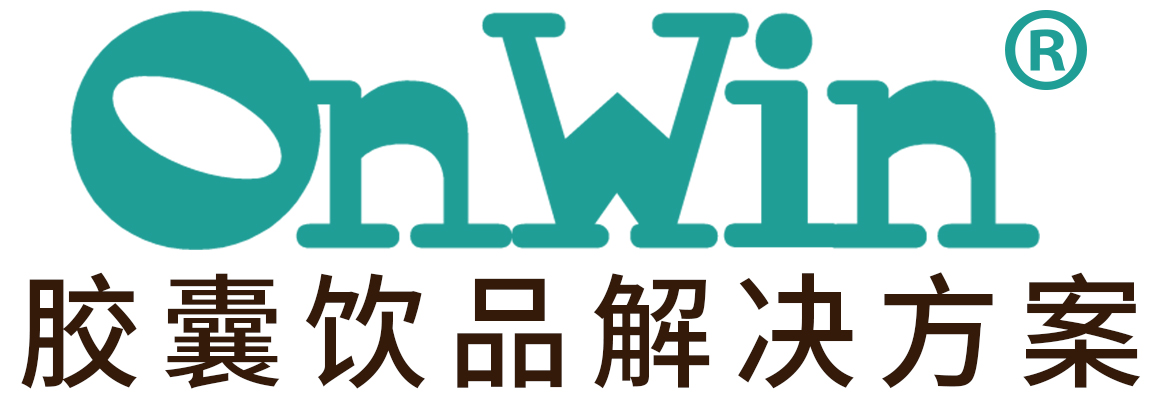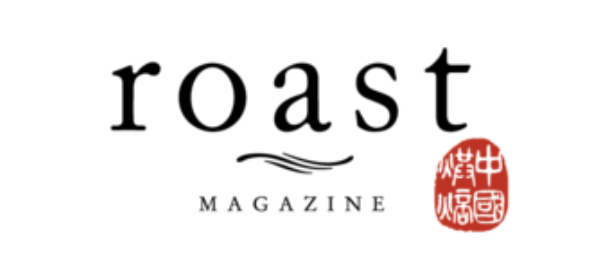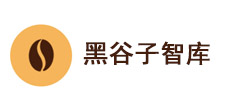2024-03-28 10:17:13
In 2021, a new coffee shop suddenly appeared in Shanghai’s Qiantan International Business District.
Its drinks, priced around 30 RMB ($4.4), drew large queues which formed outside each day. Before long, it was ranking above the area’s most established coffee shops on Dianping, a Chinese local lifestyle information and retail app.
But there was a difference. This new coffee shop wasn’t run by the likes of Starbucks, Peet’s, or Seesaw. It was owned by one of China’s oldest pharmacies, Tong Ren Tang.
The 354-year-old pharmacy launched the coffee shop as part of its new retail arm, Zhima Health. The sub-brand is a direct-to-consumer business that offers healthy food, health examinations, and social entertainment. Its Qiantan store covers nearly 5,000 square metres across three floors, with its own branded coffee shop on the first floor.
While it may seem like an unusual venture for the country’s leading pharmacy, Tong Ren Tang is by no means the only brand to have launched its own coffee shop in China.
The “crossover” coffee shop model has been a driving force in the industry over the past two years. In September 2021, Sinopec, a Chinese oil company, launched EasyJet Coffee in Suzhou.
In 2022, China Post Group’s first café, Post Coffee, opened in Xiamen. And, most recently, PetroChina, another giant oil company, unveiled its own coffee shop brand – uSimile Coffee – in Beijing.
With a population of 1.4bn, China’s market is vast, producing figures that many European chains could only dream of.
Low barriers to entry and the lure of high revenue make owning a coffee shop an attractive prospect. This is at the same time that the Chinese government has embarked on a programme to boost domestic coffee production, reduce exports, and ramp up imports.
It is against this backdrop that centuries-old stores such as Tong Ren Tang and China Post have entered the coffee market, not only to expand their retail business, but also to draw traffic to their brands and increase the value of their companies.
These crossover coffee shops, however, have a natural advantage that ordinary coffee shops cannot emulate – tens of thousands of shops dotted across the country in areas of high footfall. China Post, for example, has 54,000 post offices across the country, while PetroChina and Sinopec each have 20,000-30,000 gas stations.
It’s a similar story across many of China’s crossover coffee shops: intrigued customers spending hours to get their hands on a drink served by a company they typically associate with pharmaceuticals or oil.
But the companies that have launched their own coffee arm are not viewing it as a novel concept that will fizzle out. The way many have set up shows they are in it for the long-term, viewing coffee as a way to diversify their brands and reach new corners of the market.
PetroChina’s Beijing coffee shop manager, for example, said that by incorporating coffee into their stores, they could offer a more complete customer experience.
“uSmile Coffee is not a simple combination of freshly brewed coffee and gas station,” he explained. “The depth of integration brings each consumer a comprehensive service and experience upgrade that blends coffee and travel.”
In China, it wouldn’t be outlandish to question whether the concept of a traditional coffee brand could one day be a thing of the past.In 2021, a new coffee shop suddenly appeared in Shanghai’s Qiantan International Business District.
Its drinks, priced around 30 RMB ($4.4), drew large queues which formed outside each day. Before long, it was ranking above the area’s most established coffee shops on Dianping, a Chinese local lifestyle information and retail app.
But there was a difference. This new coffee shop wasn’t run by the likes of Starbucks, Peet’s, or Seesaw. It was owned by one of China’s oldest pharmacies, Tong Ren Tang.
The 354-year-old pharmacy launched the coffee shop as part of its new retail arm, Zhima Health. The sub-brand is a direct-to-consumer business that offers healthy food, health examinations, and social entertainment. Its Qiantan store covers nearly 5,000 square metres across three floors, with its own branded coffee shop on the first floor.
While it may seem like an unusual venture for the country’s leading pharmacy, Tong Ren Tang is by no means the only brand to have launched its own coffee shop in China.
The “crossover” coffee shop model has been a driving force in the industry over the past two years. In September 2021, Sinopec, a Chinese oil company, launched EasyJet Coffee in Suzhou.
In 2022, China Post Group’s first café, Post Coffee, opened in Xiamen. And, most recently, PetroChina, another giant oil company, unveiled its own coffee shop brand – uSimile Coffee – in Beijing.
With a population of 1.4bn, China’s market is vast, producing figures that many European chains could only dream of.
Low barriers to entry and the lure of high revenue make owning a coffee shop an attractive prospect. This is at the same time that the Chinese government has embarked on a programme to boost domestic coffee production, reduce exports, and ramp up imports.
It is against this backdrop that centuries-old stores such as Tong Ren Tang and China Post have entered the coffee market, not only to expand their retail business, but also to draw traffic to their brands and increase the value of their companies.
These crossover coffee shops, however, have a natural advantage that ordinary coffee shops cannot emulate – tens of thousands of shops dotted across the country in areas of high footfall. China Post, for example, has 54,000 post offices across the country, while PetroChina and Sinopec each have 20,000-30,000 gas stations.
It’s a similar story across many of China’s crossover coffee shops: intrigued customers spending hours to get their hands on a drink served by a company they typically associate with pharmaceuticals or oil.
But the companies that have launched their own coffee arm are not viewing it as a novel concept that will fizzle out. The way many have set up shows they are in it for the long-term, viewing coffee as a way to diversify their brands and reach new corners of the market.
PetroChina’s Beijing coffee shop manager, for example, said that by incorporating coffee into their stores, they could offer a more complete customer experience.
“uSmile Coffee is not a simple combination of freshly brewed coffee and gas station,” he explained. “The depth of integration brings each consumer a comprehensive service and experience upgrade that blends coffee and travel.”
In China, it wouldn’t be outlandish to question whether the concept of a traditional coffee brand could one day be a thing of the past.
-
Luckin Coffee: Q3 revenue exceeded 10 billion and the average number of monthly trading customers was 79.85 million
2024-10-31 11:04:48
-
From Luckin Coffee's 9.9 yuan for a cup of coffee, and now Lucky Coffee will price a cup of coffee 6.6 yuan.
2024-09-29 17:10:25
-
NOWWA Coffee received 12 million yuan in financing
2024-09-09 17:21:02
-
“male purchasing power subversion cognition around the country sold out in seconds, the system almost crashed”
2024-08-20 16:36:31
-
Luckin Coffee's total net revenue in the second quarter of 2024 over 8.4 billion yuan, an increase of 35.5%
2024-08-02 17:28:35
市场时间
- 美国ICE交易所
- 美国NYMEX交易所
- 欧洲ICE交易所
咖啡价格
12月14日收盘价
| 交易所 | 品种 | 价格 | 货币 | 单位 |
|---|---|---|---|---|
| 美国ICE | 咖啡指数 | 357.45 | 美分 | 磅 |
| 美国ICE | 阿拉比卡07 | 357.45 | 美分 | 磅 |
| 美国ICE | 阿拉比卡09 | 354.80 | 美分 | 磅 |
| 欧洲ICEU | 罗布斯塔07 | 4,439 | 美元 | 吨 |
| 巴西现货咖啡 | 日晒阿拉比卡 | 2,650 | 雷亚尔 | 60公斤 |
| 巴西现货咖啡 | 罗布斯塔 | 1692.53 | 雷亚尔 | 60公斤 |
| 哥伦比亚现货咖啡 | 水洗阿拉比卡 | 764.86 | 美元 | 125公斤 |
| 越南现货咖啡 | 罗布斯塔 | 130,600 | 越南盾 | 千克 |
| 美国ICE | 可可指数 | 10,177 | 美元 | 吨 |
| 美国ICE | 可可07 | 10,177 | 美元 | 吨 |
| 美国ICE | 可可09 | 9,337 | 美元 | 吨 |
| 外汇市场 | 美元指数 | 99.0155 | 美元 | 美元 |
| 外汇市场 | 巴西雷亚尔 | 5.5622 | 雷亚尔 | 美元 |
| 交易所库存数量 | 美国ICE | 822,021 | / | 袋 |
| 交易所库存数量 | 欧洲ICEU | 4,245 | / | 袋 |
- 最新文章
- 一周最热
- 一月最热
- 编辑推荐
关键词搜索






















